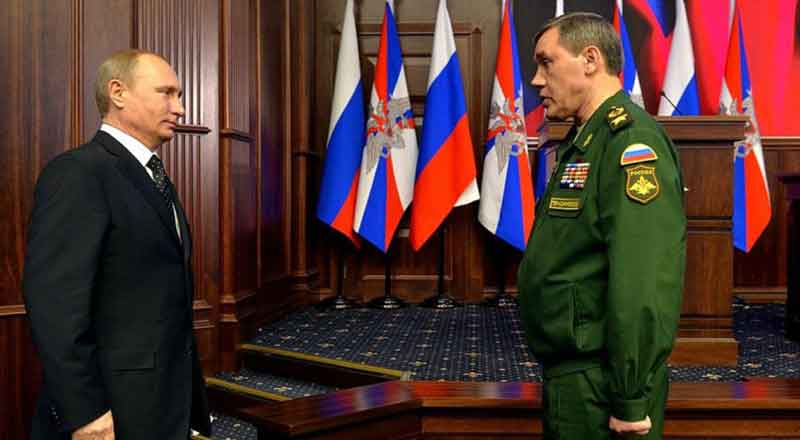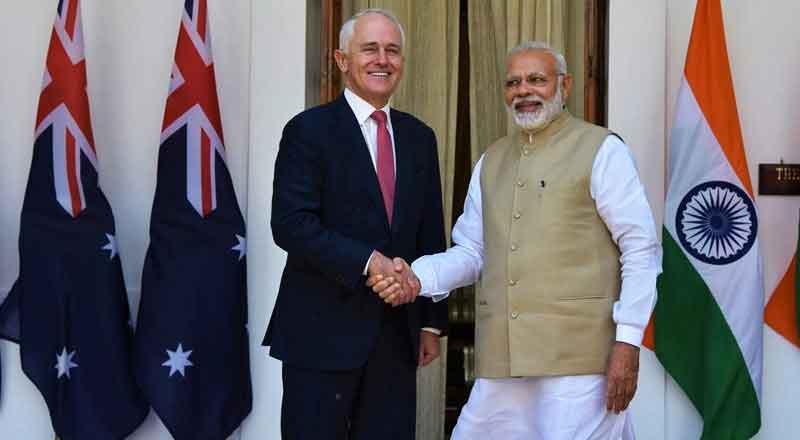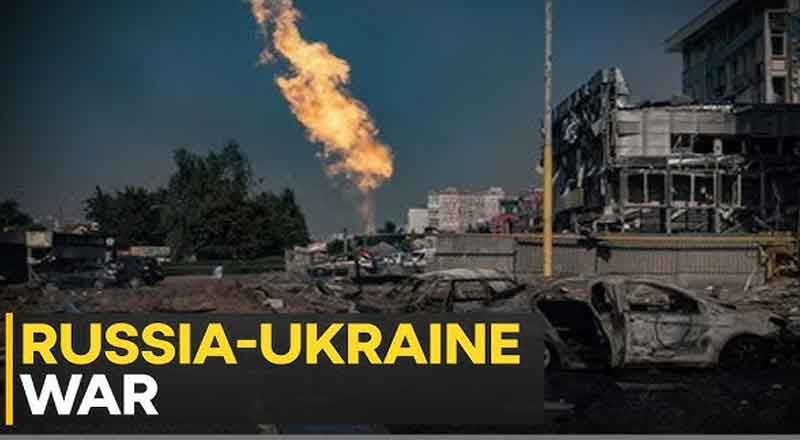The U.S. Role in the Russia-Ukraine War
Since the onset of the Russia-Ukraine war in February 2022, the United States has played a pivotal role in supporting Ukraine, acting as a cornerstone of military and diplomatic aid. Through financial assistance, weaponry, and intelligence sharing, the U.S. has significantly strengthened Ukraine’s resistance against Russian aggression. However, this assistance comes with risks. As Ukraine leverages advanced U.S.-made weaponry, including the recent deployment of ATACMS long-range missiles, concerns grow over potential escalation—not just on the battlefield but in the broader domain of hybrid warfare. Russia’s retaliatory capabilities, ranging from sabotage to cyberattacks, now threaten global security.
ATACMS Deployment: A Game-Changer in the Conflict
Lifting Restrictions on Long-Range Strikes
The Biden administration’s recent decision to allow Ukraine to use ATACMS (Army Tactical Missile System) against Russian targets has altered the dynamics of the conflict. Ukrainian forces utilized these long-range missiles to strike a key ammunition depot in Russia’s Bryansk region, delivering a blow to Russia’s military logistics. This marked Ukraine’s first confirmed use of ATACMS, showcasing a new phase in its counteroffensive strategy.
Russia’s Response and Escalation Risks
In response, Russian officials, including Foreign Minister Sergei Lavrov, warned of “appropriate measures” and hinted at the possibility of direct confrontation with the West. While the U.S. has sought to downplay these threats, emphasizing that Russia’s nuclear posture remains unchanged, Moscow’s rhetoric—coupled with its revised nuclear doctrine—raises concerns about unintended escalations. Political analysts suggest that while Russia is unlikely to cross the nuclear threshold, it may intensify conventional strikes and hybrid warfare tactics to counterbalance Ukraine’s new military edge.
Hybrid Warfare: Expanding Beyond the Battlefield
What is Hybrid Warfare?
Hybrid warfare refers to a combination of conventional and unconventional tactics, including cyberattacks, sabotage, misinformation, and proxy conflicts. These strategies aim to destabilize adversaries by targeting critical infrastructure, sowing fear, and influencing public opinion.
Russia’s Asymmetric Response
As Ukraine expands its long-range capabilities, Western officials fear that Russia will retaliate through hybrid means, targeting not just Ukraine but Europe and beyond. Recent sabotage of undersea fiber-optic cables in the Baltic Sea underscores the scope of Russia’s disruptive tactics. German Defense Minister Boris Pistorius described the damage to these cables as “deliberate sabotage,” reflecting the growing belief that Moscow is actively targeting European infrastructure.
Global Ramifications
Russia’s hybrid strategies are not confined to Europe. U.S. officials have expressed concerns about Russia increasing its support for adversaries in the Middle East and Indo-Pacific regions. From arming Iran’s proxies like Hezbollah to aiding the Houthis in Yemen, Moscow is leveraging asymmetric warfare to extend its influence and challenge Western interests globally.
Western Preparedness: A Growing Challenge
European nations are facing mounting pressure to safeguard critical infrastructure. Finland’s Defense Minister called for enhanced NATO and EU protections, warning of Russia’s willingness and capability to conduct sabotage. The sabotage of undersea cables, power grids, and telecommunications systems exposes vulnerabilities that Russia could exploit to create widespread disruption.
Lack of Resources and Readiness
Despite these threats, experts argue that Europe remains “totally unprepared” to counter sophisticated hybrid attacks. Limited resources, inadequate intelligence sharing, and fragmented cybersecurity policies hinder a cohesive response. A senior European defense official likened Russia’s tactics to terrorism, designed to intimidate populations and erode support for Ukraine.
Geopolitical Dimensions: Beyond Europe
Russia’s hybrid warfare extends beyond Europe into the Middle East and Asia. U.S. officials have noted Moscow’s growing ties with Iran, which could lead to heightened support for militant groups. This escalation risks destabilizing regions already plagued by conflict, adding complexity to global security dynamics.
North Korea’s Role in the Conflict
Reports of over 10,000 North Korean soldiers being deployed to aid Russia in Ukraine further complicate the geopolitical landscape. The U.S. must navigate this emerging alliance carefully, balancing support for Ukraine with broader regional security concerns.
Navigating the Nuclear Dilemma
While Russia’s nuclear rhetoric has intensified, analysts believe that its actual threshold for using nuclear weapons remains high. Instead, Moscow is likely to focus on conventional warfare and hybrid tactics, such as increasing strikes on Ukrainian infrastructure during the winter months. This strategy aims to weaken Ukrainian morale and strain Western support.
Red Lines and Shifting Strategies
The use of ATACMS by Ukraine raises questions about red lines in the conflict. Political analyst Anton Barbashin suggests that as these lines are crossed, they lose their significance, forcing Russia to adapt its strategies. This evolution of tactics underscores the unpredictable nature of hybrid warfare, making it a critical area of concern for Western policymakers.
A Precarious Balancing Act
The introduction of U.S.-made ATACMS into the Russia-Ukraine war signals a significant escalation in the conflict, with both immediate and long-term implications. While these weapons enhance Ukraine’s defensive and offensive capabilities, they also heighten the risks of asymmetric retaliation from Russia. Hybrid warfare, characterized by sabotage, cyberattacks, and proxy conflicts, is emerging as a key front in this geopolitical struggle.
For the U.S. and its allies, the challenge lies in balancing support for Ukraine with the broader goal of maintaining global stability. Strengthening critical infrastructure, enhancing cybersecurity, and fostering international cooperation are essential steps in mitigating the risks posed by Russia’s evolving strategies. As the conflict enters a new phase, the stakes for both regional and global security have never been higher. The coming months will test the resilience and unity of the Western alliance in countering these multifaceted threats.
(With inputs from agencies)





